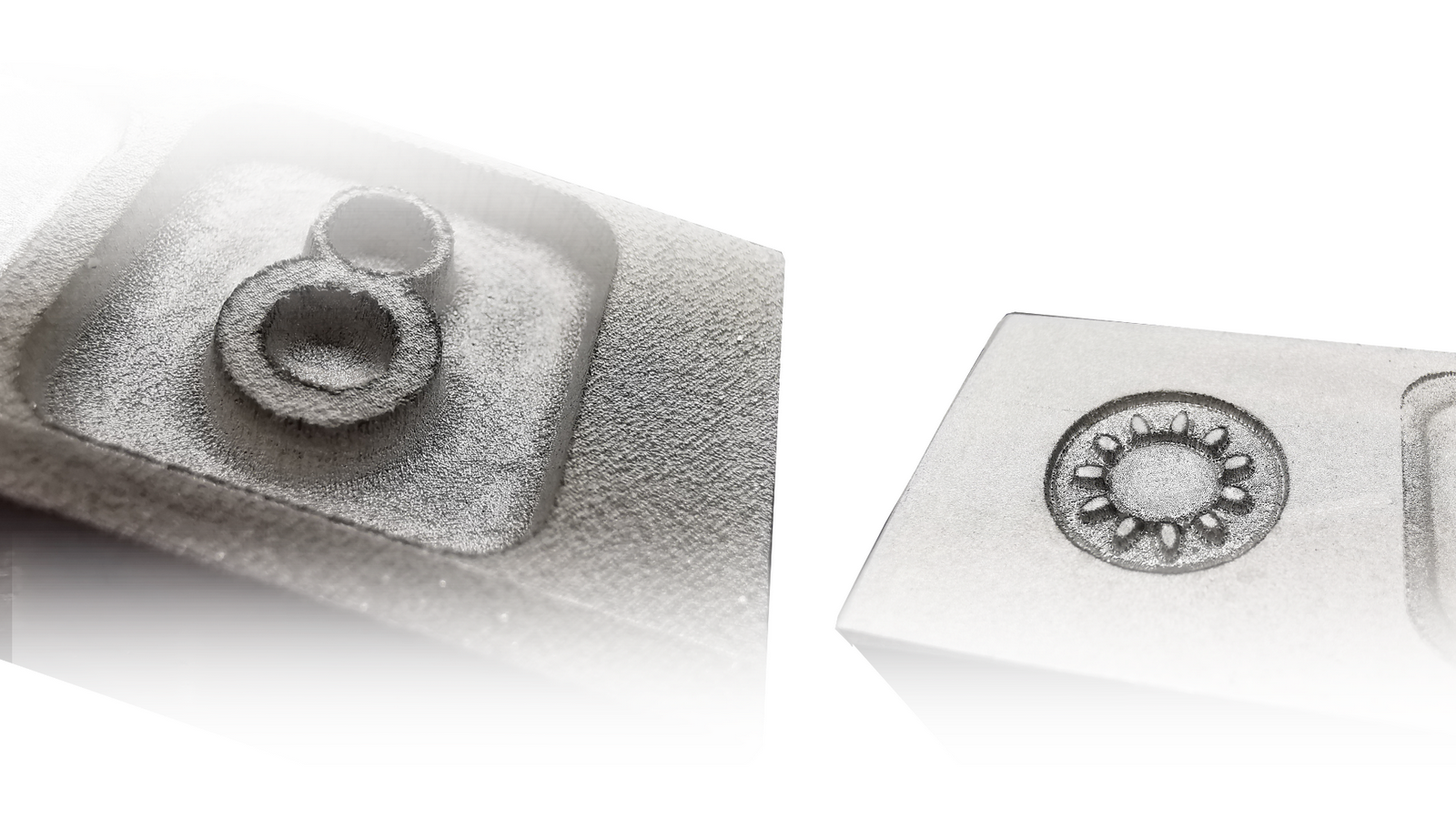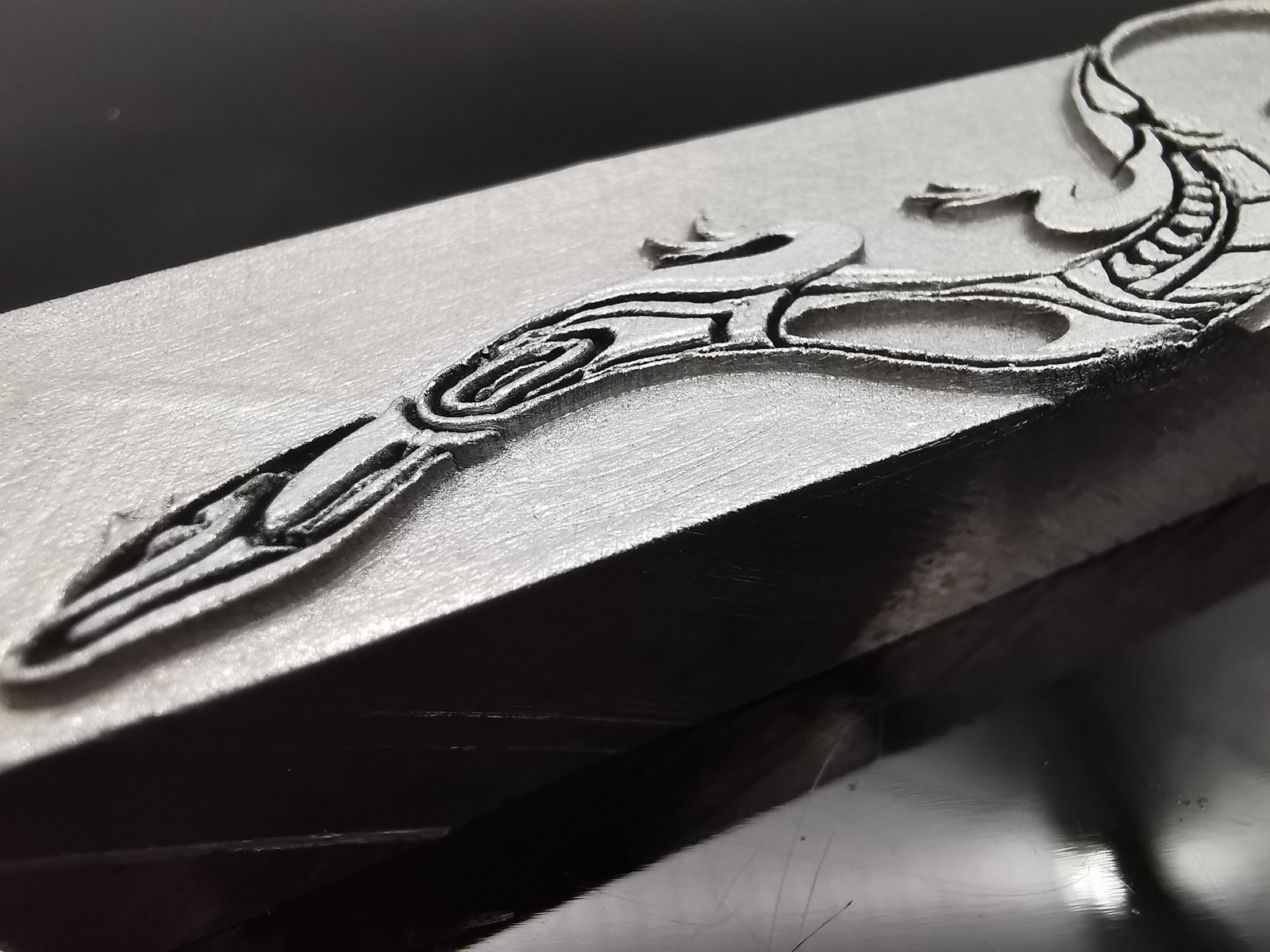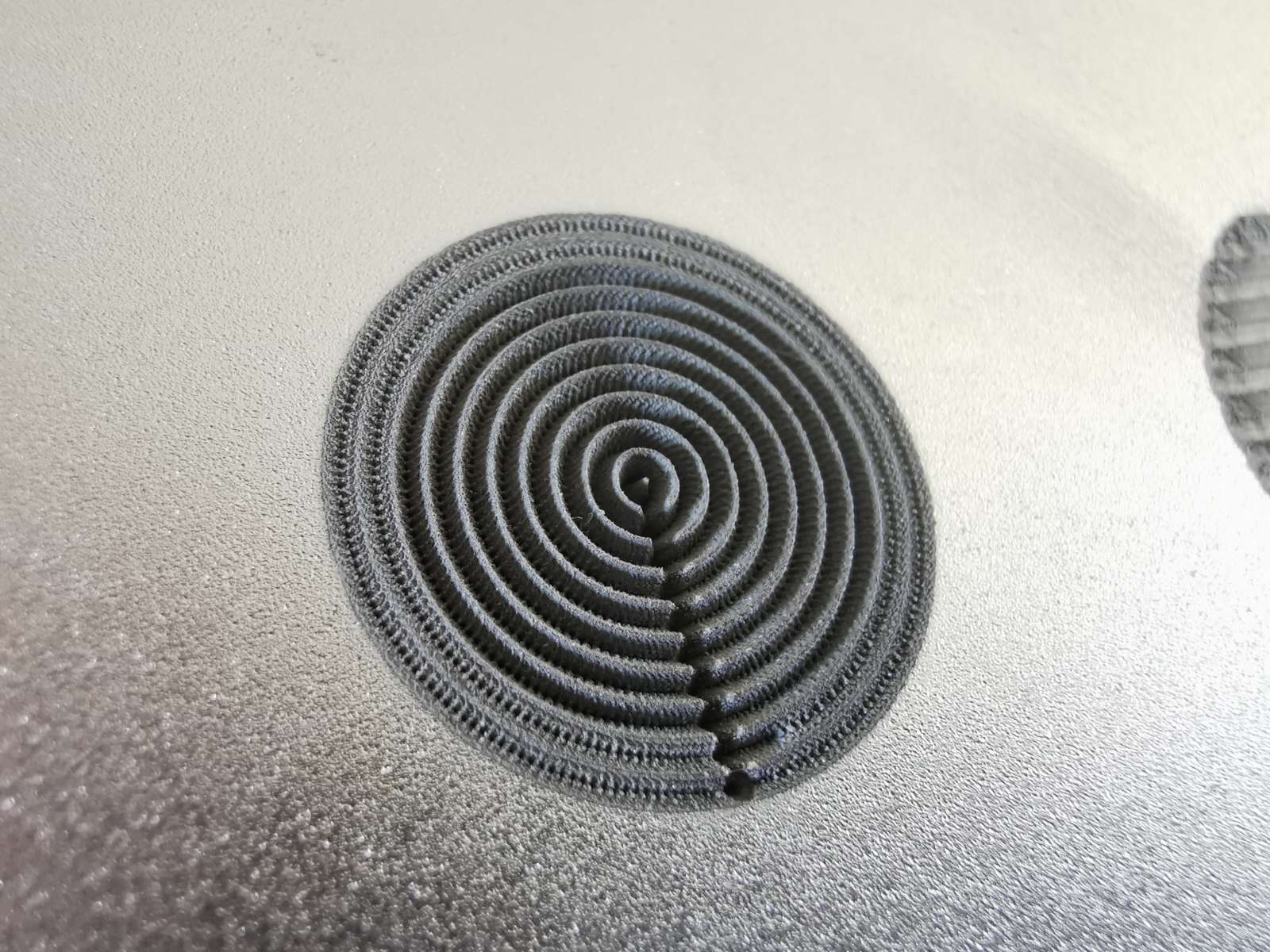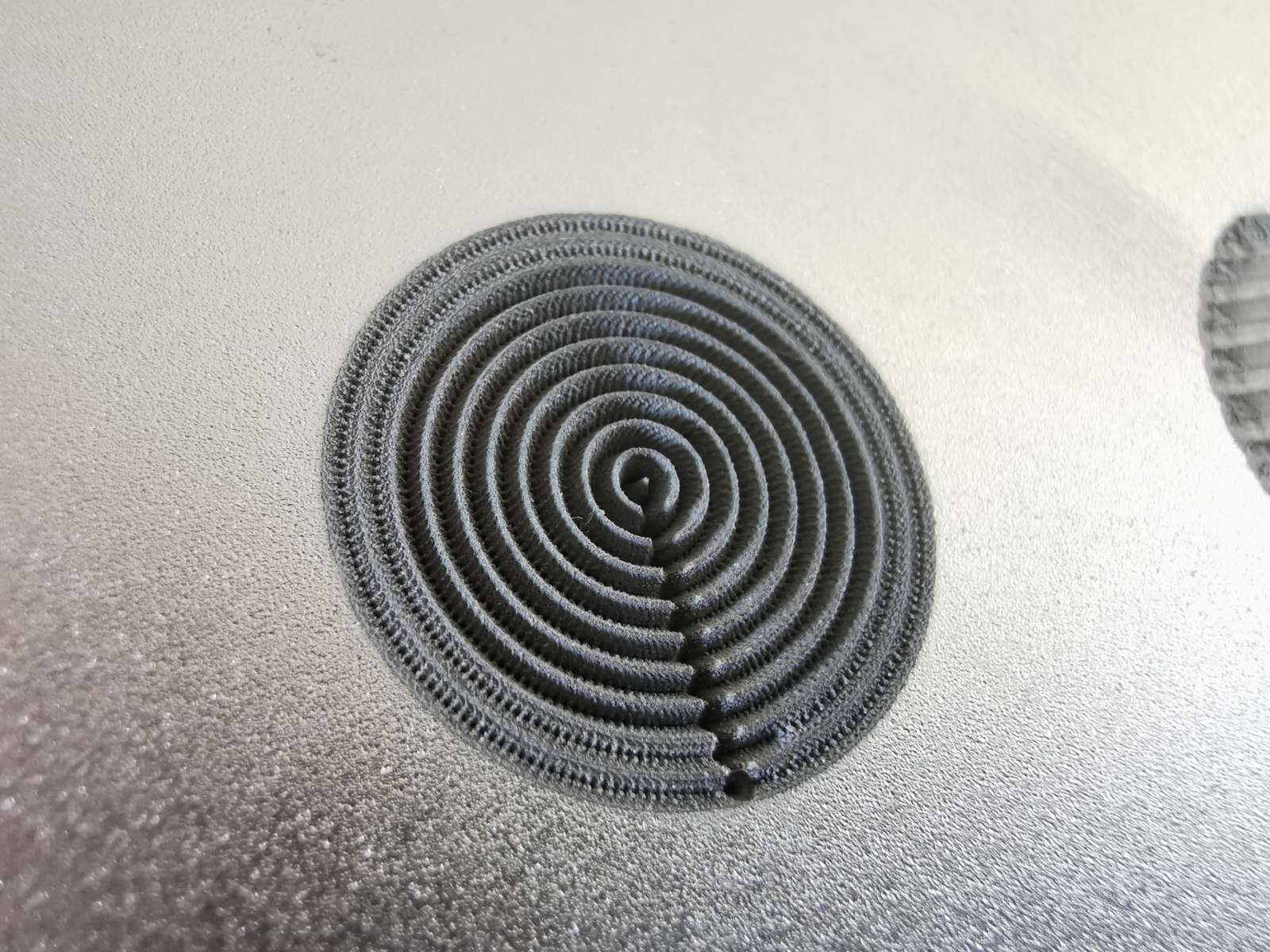

Overall, laser milling offers comprehensive benefits in the field of manufacturing, contributing to more flexible and precise manufacturing processes. This technology marks a new era in industrial development, enabling faster, more efficient and more innovative production in various industries.
The production area is undergoing continuous development, with the emergence of new technologies, new opportunities have opened up for the precise and efficient production of parts. One such revolutionary technology is laser milling, which has transformed component manufacturing and design in many industries. Laser milling not only improves the efficiency and quality of production, but also promotes industrial innovation.
With this process, high-precision products and parts (of different shapes and sizes) can be produced. Milling machines are easily replaceable, because they can fulfill unique needs that milling machines cannot.


Compared to traditional milling machines, the laser does not require a tool, because the laser milling equipment provides a completely controlled and non-contact process.

It is the most suitable choice for detailed work, since with the help of vector files we can create completely unique shapes. The development achievement of Fibeersx is that the laser miller can trace the topology and also mill in 3D. In this way, we can not only make tools with a laser, but also completely unique visual elements.

Custom laser milling involves the use of laser technology to precisely cut or mill different shapes from a material. This process is highly efficient and versatile, allowing for intricate design and customization.
1. Material selection: The process begins with the selection of the right material for the intended application. A variety of materials such as metals, plastics, wood, ceramics and composites can be used depending on the desired properties of the final product.

2. Design: Computer-aided design (eg, CAD) software is used to create the desired shapes or patterns to be milled out of the material. The design is extremely detailed and can be customized according to individual needs.
3. Laser adjustment: Laser parameters such as power, speed and focus are adjusted based on the material used and the complexity of the design. Which the user can easily do with our Windows compatible software.
4. Laser milling: The laser beam is directed to the surface of the material following the path defined by the software. The intense heat generated by the laser vaporizes or melts the material along the cutting path, resulting in a precise and clean cut. It can also remove material layer by layer by following the surface.

- High precision: Laser technology enables extremely precise milling image and complex design.
- Versatility: Laser milling can be used with a wide variety of materials, including metals, plastics and ceramics.
- Efficiency: The process is often faster and more efficient than traditional machining methods, which reduces production time and costs.
- Minimal waste of material: Laser milling results in minimal material loss compared to other methods.
- Customization: Laser milling allows the production of highly customized parts and products that meet individual requirements.

Overall, unique laser milling is a versatile and efficient manufacturing process that can be used in a variety of industries, including aerospace, automotive, electronics, and medical devices.
Titanium milling refers to the process of cutting, shaping or drilling titanium material with milling machines. Titanium is a strong, light, and corrosion-resistant metal that is widely used in a variety of industries, including aerospace, medical, automotive, and sporting goods.
High-performance carbide or ceramic cutting tools are often used to mill titanium, but for precision laser milling we don't even need hard tools. To carry out the process, as in other areas, we only need the laser device itself.

Different tool coatings are used during machining. Coatings such as titanium nitride (TiN) or titanium aluminum nitride (TiAlN) are used, which improves the lifetime of the tool, but here too, continuous maintenance and tool handling or possible replacement must be taken into account. Also, the use of coolant is essential to dissipate heat and prevent tool and workpiece overheating during titanium milling. However, conventional coolants such as water-soluble oils can react with titanium, so alternatives such as air or high-pressure coolant systems are often used. In contrast to all of these, the laser does not require maximum air blowing or extraction.
Rigid settings and stable machine tools are needed to minimize vibrations, which can cause poor surface quality, tool breakage or dimensional inaccuracy, on the other hand, the laser cutter is not in direct contact with the material, so no vibrations are produced. Titanium creates long, stringy chips during machining that can disrupt the cutting process. Adequate chip removal systems such as through-spindle coolant or chip breakers are required to maintain smooth machining. On the other hand, laser technology only creates dust during milling, which can be sucked up with suction, so we can work with it undisturbed and efficiently.

Milling of impact tools can be easily done with the help of laser technology, it can provide micron-precise milling results. The whole process is automated and the step-by-step design is not an obstacle.

In laser micromachining, an ultra-precise laser beam is used to cut or mill extremely small details on the workpiece. Sensors and monitoring systems can be integrated into a laser milling workstation, complying with occupational safety regulations. Of course, this is true for all our custom-made workstations.
Based on vector graphics files, we can precisely mill any shapes. We can create unique graphics and patterns in materials on different surfaces.


The process is not complicated and you can proceed step by step.
The process starts with the design of the vector file, if there is already an existing file, we can use it. Common file formats for vector graphics include Scalable Vector Graphics (SVG), Adobe Illustrator (AI), Encapsulated PostScript (EPS), and Portable Document Format (PDF). The next step is the choice of material, which is an important factor, because we have to choose a material of suitable thickness in order to achieve the desired milling. Precision laser milling creates a wide range of precise patterns on a variety of materials.
created with
Website Builder Software .